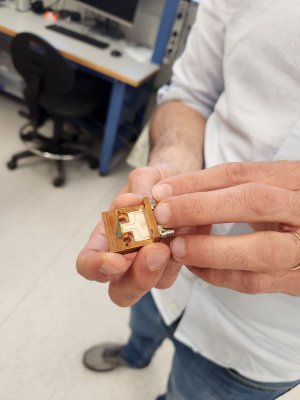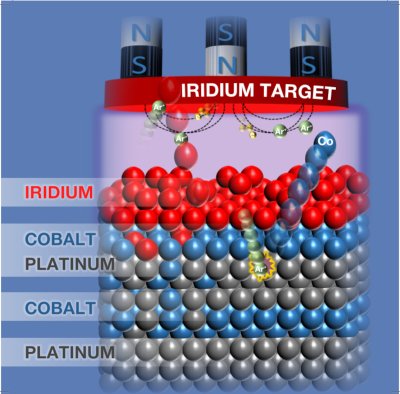Researchers report anomalous dynamics of non-collinear antiferromagnets
Researchers from MIT and Tohoku University have reported a representative effect of the anomalous dynamics at play when an electric current is applied to a class of magnetic materials called non-collinear antiferromagnets.
Non-collinear antiferromagnets have properties distinct from conventional magnetic materials—in traditional collinear magnets, the magnetic moments align in a collinear fashion. However, in non-collinear ones, the moments form finite angles between one another. Scientists describe these non-collinear arrangements as a single order parameter, the octupole moment, which has been demonstrated to be critical for determining the exotic properties of the materials.

